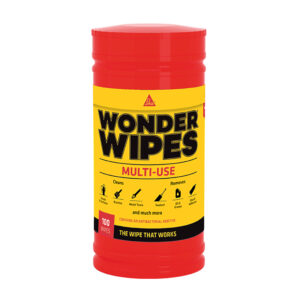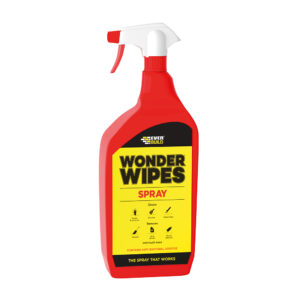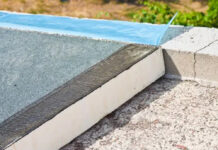One of the most important tasks of anyone working in construction, from the most experienced tradesperson to the most neophyte DIYer, is to clean and maintain their tools. Dirty, rusty and badly looked after tools can lead to inefficient work, damaged materials and any number of injuries ranging from minor to critical.
However, sometimes the job seems impossible. Many tools have to interact with tough, unusual, or resilient substances that are extremely hard to get off without some serious effort. This article will explain how to deal with some of the most problematic stains and rust.
Wonder Wipes
Wonder Wipes are one of the most popular products we have at ERoofing. They are an absolutely essential product for tool cleaning. The reason is that they are second to none at removing particularly tricky stuff from tools. Sealants, especially silicone based ones, are normally nigh impossible to remove from tools once semi-cured but the Wonder Wipe gets things done. It can also remove many other substances. Be it bitumen, oil, expanding foam, grime, grease or even food stains, they all succumb before the Wonder Wipe.
Wonder Wipes are usually available in tubs, but also have a spray option. Wonder wipes are also excellent for cleaning surfaces. Always remember to wash your hands immediately afterwards, since Wonder Wipe fluid is a powerful detergent.
Removing Rust
Even if you take care of your tools, rust may still occur. However, there are some ways to remove rust. For instance, leaving a tool in a bucket of white vinegar and salt, with a ratio of 60ml of salt to a litre of vinegar for a few days will loosen rust which can then be gently scrubbed away, first with a wire brush and then with a Wonder Wipe.
However, this process only works with tools like screwdrivers or individual pieces of other tools like drill bits. If you are using a power tool or a tool with a handle that may react badly with vinegar, rather than that you can use a paste made from baking soda and water. Simply apply it to metal parts with a toothbrush, leave it to harden, then remove it with a toothbrush. Wipe it clean with water or a wipe.








